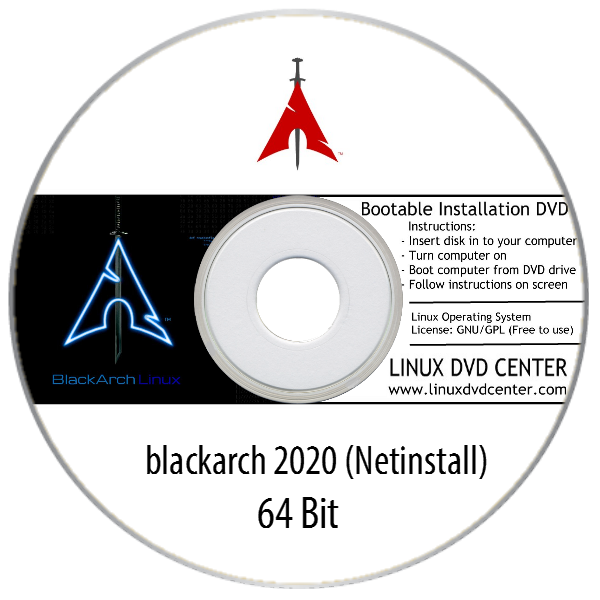


KDE 5.21 - Plasma desktop received a version bump.Kali NetHunter smartwatch - first of its kind, for TicHunter Pro.New tools - From adversary emulation, to subdomain takeover to Wi-Fi attacks.Better VM support in the Live image session - Copy & paste and drag & drop from your machine into a Kali VM by default.New Kali-Tools site - Following the footsteps of Kali-Docs, Kali-Tools has had a complete refresh.OpenSSL - Wide compatibility by default - Keep reading for what that means.Today we have released the newest version of Kali Linux, 2021.3 (quarter #3), which is now ready for download or updating.Ī summary of the changes since the 2021.2 release from June are: This was primarily added because the development team found they needed to do a lot of wireless assessments.


Kali also has a custom built kernel tha is patched for injection. Kali Linux is developed in a secure location with only a small number of trusted people that are allowed to commit packages, with each package being signed by the developer. Most packages Kali uses are imported from the Debian repositories. The third core developer Raphaël Hertzog joined them as Debian expert. It was developed by Mati Aharoni and Devon Kearns of Offensive Security through the rewrite of BackTrack, their previous forensics Linux distribution based on Ubuntu. It is a supported platform of the Metasploit Project's Metasploit Framework, a tool for developing and executing security exploits. Kali Linux can run natively when installed on a computer's hard disk, can be booted from a live CD or live USB, or it can run within a virtual machine. Kali Linux is preinstalled with over 600 penetration-testing programs, including nmap (a port scanner), Wireshark (a packet analyzer), John the Ripper (a password cracker), Aircrack-ng (a software suite for penetration-testing wireless LANs), Burp suite and OWASP ZAP (both web application security scanners).


 0 kommentar(er)
0 kommentar(er)
